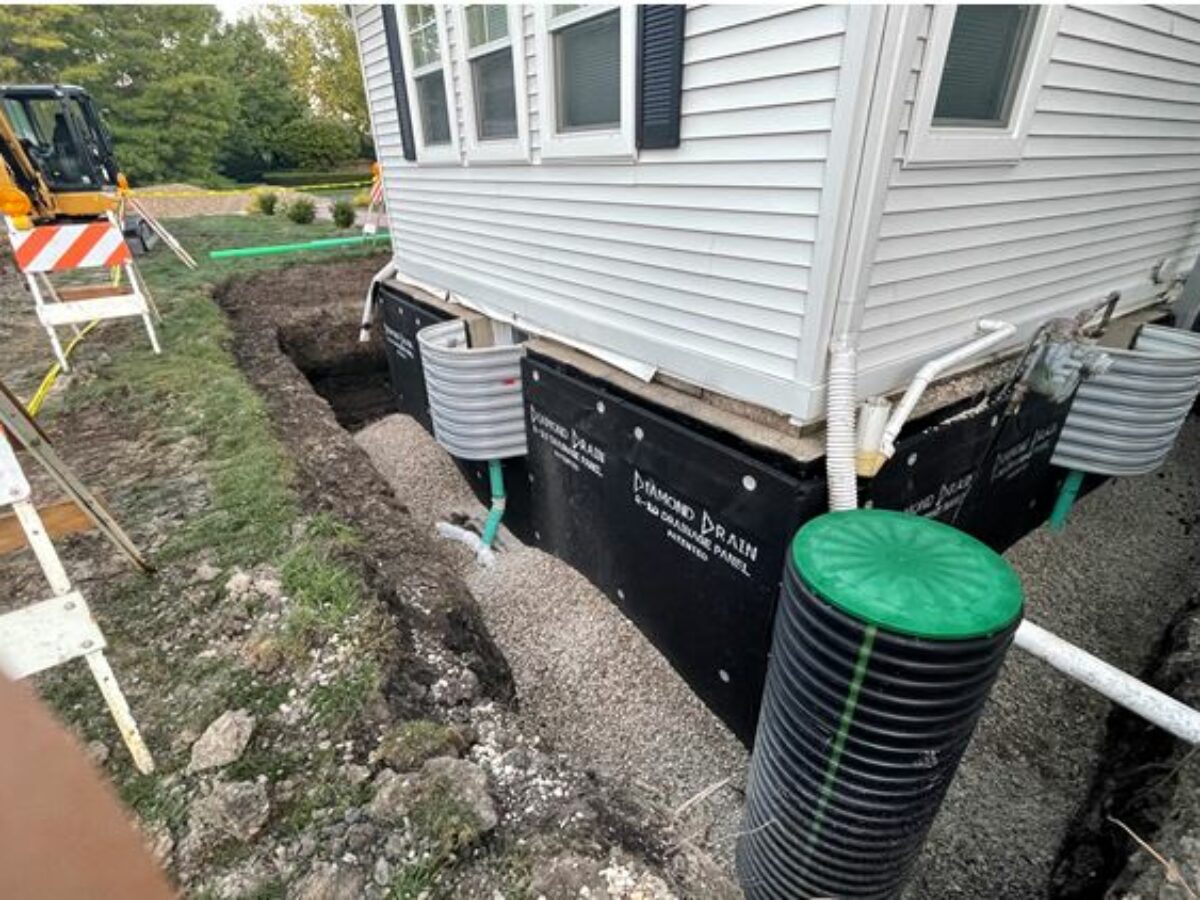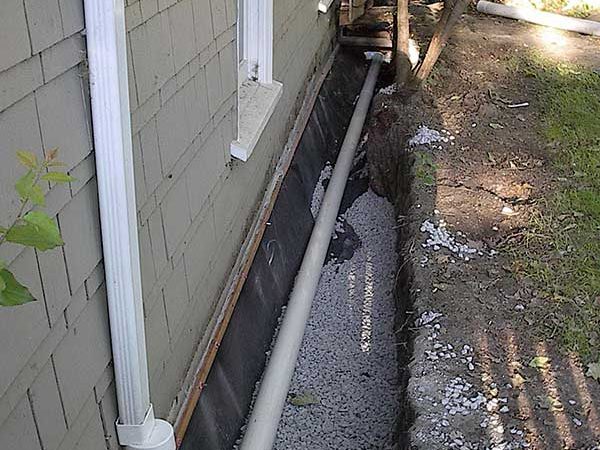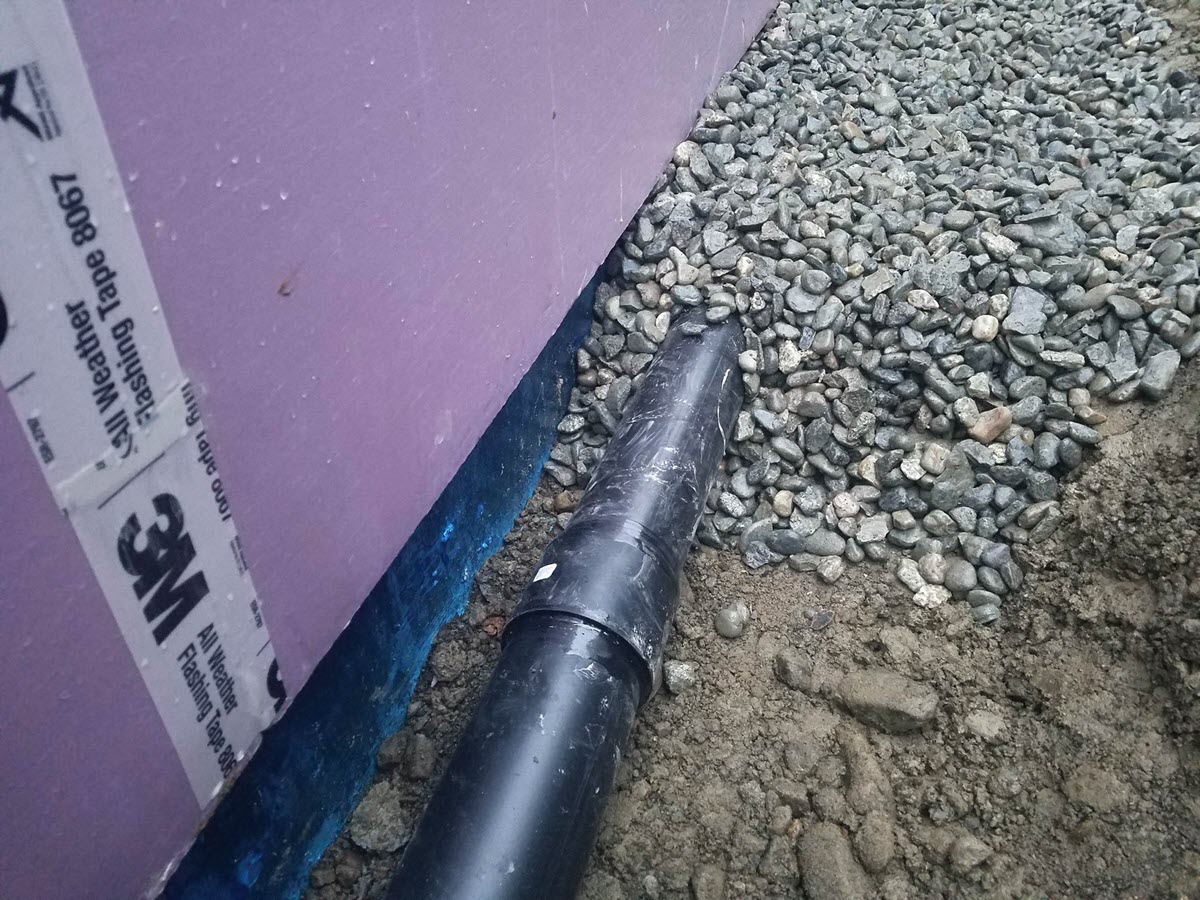Foundation Drain Servicesin Addison MI
Foundation Drain Solutions to Keep Your Building Secure
We Are Locally Owned & Operated For Over 37 Years
Contact Us Today!
We Serve Businesses In And Around The Following Cities:
About Foundation Drain Services
The Significance of Foundation Drain in Commercial Properties in Addison
Commercial properties, like any piece of real estate, are substantial investments. Hence, ensuring that they remain in top condition is crucial. Much of a building’s structural strength depends on its foundation, and that’s where the foundation drain comes in. It’s a fundamental aspect of building construction and maintenance, specifically in areas such as Addison that experience varying weather patterns. A well-constructed foundation drain can make all the difference to the property’s longevity.
Understanding Foundation Drains
A foundation drain, commonly known as a foundation footer drain or foundation perimeter drain, is a system designed to divert water away from the building’s foundation. It comprises a trench filled with gravel covering a perforated pipe slightly sloped to guide the excess water away from the property. The two major types are the exterior foundation drain and the foundation french drain. Both have their unique characteristics and applicability, depending on the property’s location and construction design.
The Process of Installing a Foundation Drain
The process of installing a foundation drain involves careful planning and skilled execution. Firstly, to establish an effective foundation drainage system, assess the groundwater conditions and the building’s structural design. Then, excavate a drain around the house foundation to install the foundation drain in the footer, relying on the property’s natural slope to guide water away.
Commercial construction projects in Addison often seek the professional assistance of contractors like D&J Contracting. As local experts, they understand Addison’s soil conditions, making them proficient in drain system installation around foundations and providing long-term safeguards against water-related damages.
Strategic Utilization of Foundation Drainage Systems in Commercial Establishments
Every commercial building is unique, and so are its drainage needs. When planning for a new build or retrofitting an old one, it’s integral to evaluate the groundwater conditions and develop a foundation water drainage system that suits the building’s specific requirements. A foundation wall drainage system is a popular choice in constructions where the water table is high and there is a risk of water seeping into the building’s lower reach. In contrast, building owners may opt for foundation footer drains when water accumulation is within the soil surface.
The Benefits of Foundation Drains
Foundation drains offer significant benefits, particularly for commercial properties. Firstly, installing a foundation drain can prevent water from weakening the foundation, maintaining the building’s structural integrity. This not only prevents costly repairs but also increases the building’s lifespan, making it a culturally and economically valuable decision.
Secondly, a properly installed foundation drain around the house foundation can reduce the risks of flooding in lower areas of the building like the basement, thereby preventing property loss and creating a healthier work environment. Firms such as D&J Contracting, with vast experience in both commercial and residential property, can be a reliable partner for all foundation drainage requirements in Addison.
Foundation Drains: A Wise Investment for Commercial Properties
Ensuring effective drainage around a building’s foundation is a top priority for any property owner. Well-executed foundation drains reduce the risk of foundation damage, augment the value of the commercial property, and ultimately save money in the long run. Although the initial investment might seem significant, the advantages far outweigh the costs.
For commercial property owners in Addison, D&J Contracting offers expertise and local experience in handling all aspects of foundation drain installations. Together with their clients, they work on draining water away from house foundations, ensuring the longevity of the building and overall peace of mind.
As highlighted, a foundation drain is more than just a remedy for a waterlogged basement—it’s a proactive approach to preserving and prolonging the lifespan of commercial properties. Properly executed, such installations are a testament to prudent management of real property assets. For commercial properties in Addison, foundation drainage systems should be a foundational element of structural maintenance and care, ensuring that the property continues to be a reliable asset to its owners, occupants, and the wider community for years to come.
Foundation Drain Services Gallery


Call Us Today to receive your Free Quote for
Foundation Drain in Addison
Serving: Addison, Michigan

About Addison, Michigan
In 1834, three years before Michigan became a state, John Talbot settled along a winding creek in a vast forest, dotted with clear blue lakes and occupied by the Potawatomi. With the raising of a simple grist mill along Bean Creek around December 1835, Addison’s history was started, operating under the settlement name “Manetue.”
Having failed to secure a spot along the river that provided enough water power to run his mill, Talbot dismantled the settlement and moved to the present location of Addison, and by the fall of 1836, milling operations restarted. The town was renamed “Peru” by 1838, and over the next generation would be given several other monikers before the final name of Addison was entered onto plat maps in 1851. Addison J. Comstock, a banker from Adrian, Michigan, purchased a sizable plat of the pioneer town and changed the identity to reflect this acquisition. The village itself was incorporated as such in 1893.
The village grew sufficiently to attract the railroad in 1883, an event which contributed to a sudden expansion of the local economy. Businesses came to Addison in great numbers including a three-story hotel, designed to cater to the visiting tourist. The Addison Courier newspaper started its 76-year run in 1884, and the economic upturn brought on by the railroad continued well after the line ceased to operate through Addison.
One of Addison’s last landmarks, the old grist mill built in 1848, was removed in 1980. Despite the economic downturn of the village in the last half of the 20th century, a large 3-day sesquicentennial celebration was held in 1984. Additionally, a 175th Anniversary celebration spanning only one day was held in the village on August 8, 2009.
In the later 2010s, the medical cannabis industry identified Addison as a community open to economic expansion with provisioning and grow centers. As of 2022, Addison has two open facilities and two additional operations under construction.
Two history books have been written on the village in recent years, “The History of Addison, Michigan” in 1996 and “Memories of Addison” in 2013, both by village historian Dan Cherry. Among the early village historians were A.J. Kempton, Richard DeGreene, J. DeWitt McLouth and Alice Slocum.
Addison got its own radio station in August 2014 with the sign-on of WQAR-LP “Q95 the Panther” at 95.7 FM. The station is owned by Addison Community Schools and programmed by students with classic rock music.
Addison Community Schools is a K-12 central campus with 797 students. The current superintendent is Scott Salow. The school mascot is a black panther.
According to the United States Census Bureau, the village has a total area of 1.00 square mile (2.59 km), of which 0.96 square miles (2.49 km) is land and 0.04 square miles (0.10 km) is water.
| Census | Pop. | Note | %± |
|---|---|---|---|
| 1880 | 291 | — | |
| 1890 | 425 | 46.0% | |
| 1900 | 470 | 10.6% | |
| 1910 | 474 | 0.9% | |
| 1920 | 416 | −12.2% | |
| 1930 | 452 | 8.7% | |
| 1940 | 465 | 2.9% | |
| 1950 | 488 | 4.9% | |
| 1960 | 575 | 17.8% | |
| 1970 | 595 | 3.5% | |
| 1980 | 655 | 10.1% | |
| 1990 | 632 | −3.5% | |
| 2000 | 627 | −0.8% | |
| 2010 | 605 | −3.5% | |
| 2020 | 573 | −5.3% | |
| U.S. Decennial Census | |||
As of the census of 2010, there were 605 people, 245 households, and 156 families residing in the village. The population density was 630.2 inhabitants per square mile (243.3/km). There were 274 housing units at an average density of 285.4 per square mile (110.2/km). The racial makeup of the village was 97.0% White, 0.5% African American, 0.3% from other races, and 2.1% from two or more races. Hispanic or Latino of any race were 1.0% of the population.
There were 245 households, of which 35.9% had children under the age of 18 living with them, 42.0% were married couples living together, 16.3% had a female householder with no husband present, 5.3% had a male householder with no wife present, and 36.3% were non-families. 28.2% of all households were made up of individuals, and 11.8% had someone living alone who was 65 years of age or older. The average household size was 2.47 and the average family size was 3.06.
The median age in the village was 35.1 years. 26.8% of residents were under the age of 18; 10% were between the ages of 18 and 24; 26.3% were from 25 to 44; 26.1% were from 45 to 64; and 10.7% were 65 years of age or older. The gender makeup of the village was 46.8% male and 53.2% female.
As of the census of 2000, there were 627 people, 247 households, and 164 families residing in the village. The population density was 642.6 inhabitants per square mile (248.1/km). There were 265 housing units at an average density of 271.6 per square mile (104.9/km). The racial makeup of the village was 98.41% White, 0.16% Native American, 0.96% Asian, 0.16% from other races, and 0.32% from two or more races. Hispanic or Latino of any race were 2.07% of the population.
There were 247 households, out of which 35.2% had children under the age of 18 living with them, 50.2% were married couples living together, 13.8% had a female householder with no husband present, and 33.2% were non-families. 29.6% of all households were made up of individuals, and 10.5% had someone living alone who was 65 years of age or older. The average household size was 2.54 and the average family size was 3.17.
In the village, the population was spread out, with 31.1% under the age of 18, 9.7% from 18 to 24, 28.2% from 25 to 44, 19.6% from 45 to 64, and 11.3% who were 65 years of age or older. The median age was 35 years. For every 100 females, there were 94.7 males. For every 100 females age 18 and over, there were 87.8 males.
The median income for a household in the village was $35,781, and the median income for a family was $45,313. Males had a median income of $31,875 versus $23,000 for females. The per capita income for the village was $15,883. About 6.0% of families and 8.1% of the population were below the poverty line, including 7.2% of those under age 18 and 7.8% of those age 65 or over.
Call Us Today to receive your Free Quote for
Foundation Drain in Addison
Related Services in Addison, Michigan
We Serve Businesses In The Following Zip Codes:
48007, 48015, 48021, 48026, 48035, 48036, 48038, 48042, 48043, 48044, 48045, 48046, 48047, 48048, 48050, 48051, 48066, 48071, 48080, 48081, 48082, 48083, 48084, 48085, 48088, 48089, 48090, 48091, 48092, 48093, 48098, 48099, 48225, 48230, 48236, 48310, 48311, 48312, 48313, 48314, 48315, 48316, 48317, 48318, 48397